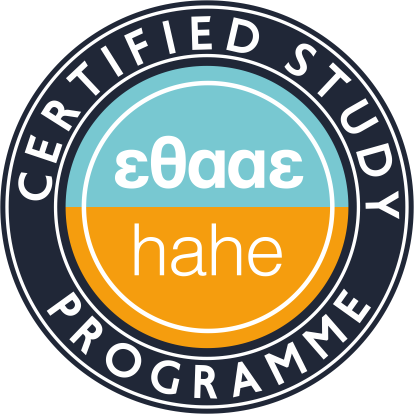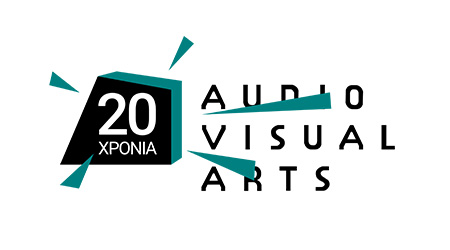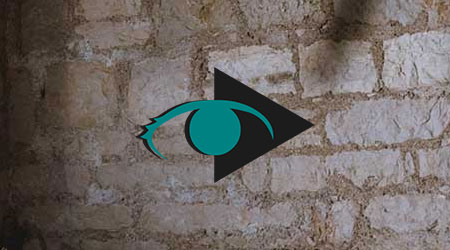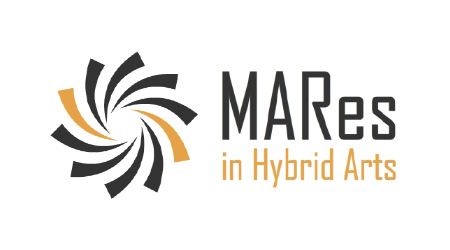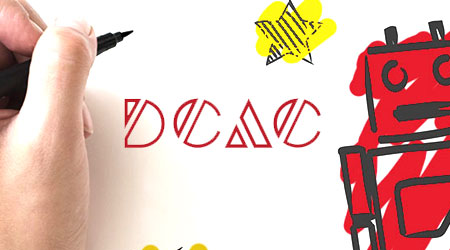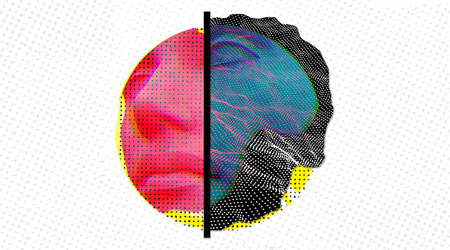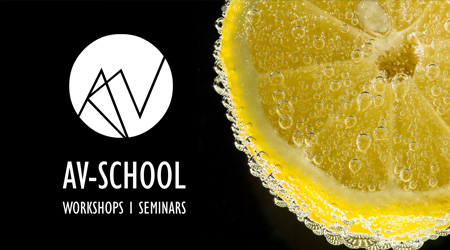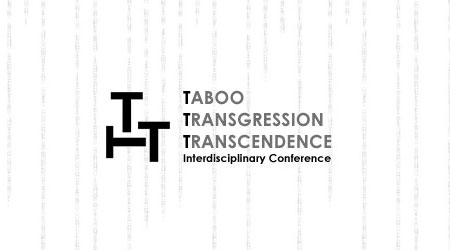Digital Sound Processing
Teaching Staff: Miliaresi Ioanna
Course Code: AUD622
Course Category: Specific Background
Course Type: Elective
Course Level: Undergraduate
Course Language: Greek
Delivery method: Lectures
Semester: 6th
ECTS: 7
Teaching Units: 4
Teaching Hours: 4
Teaching Structure:
| Activity | Semester Workload |
|---|---|
| Lectures | 26 |
| Lab Practice | 26 |
| Literature Study and Analysis | 80 |
| Practice and Preparation | 43 |
| Course Total (ECTS: 7) | 175 |
Introduction: a summary of the systems’ technology for management and processing of sound. Foundations of analogue to digital sound conversion: sampling theory and jitter-induced distortions. Theory and practice of quantization. Quantization-induced distortions. Oversampling and its impact on dynamic range extension. Discrete time signals and systems: the impulse response concept. Basic audio data processing units: signal aggregation, delay and gain control. Dynamic range effects: Spatial sound placement using stereo and multichannel audio playback setups (panning). Overview of digital filter technologies for sound applications. Digital filter implementation using gain control and delay units for realizing audio effects. Delay-based effects: flanging, chorus. Reverberation units explained. Equalizers and filter banks. Time-variable effects. Creating interactive audio effects using algorithmic procedures.
“Digital Sound Processing” is offered as an optional course for all undergraduate students during the 6th semester of their studies at the department of audio and visual arts. The course overall aim is to provide an in-depth technological and development aspect on topics related to digital signal processing techniques and effects. This will allow the students to develop practical skills for optimally selecting the appropriate processing tool for implementing their creative project, or for handling and adjusting them per their needs. Focus is particularly given in typical digital sound processing fields, such as dynamic range processing, filtering, mixing and spatial panning techniques and how these can be efficiently modeled in practice for developing optimal tools for artistic and creative purposes.
The successful attendance of the course offers the ability to the corresponding students to:
- understand the basic steps for the development of traditional and modern digital audio effects,
- design and develop general or specific purpose tools for digital audio processing, which can be employed in state-of-the-art creative applications and digital art,
- adjust existing tools, following additional application specific requirements,
- describe the principles for the efficient design of a digital audio effect,
- recognize the application-specific required for the development or the usage of a digital audio processor.
Week #1: Introduction to digital sound processing, a short synopsis of the course content and aim. Basic definitions for signals and systems, discrimination of analogue and digital ones. Advantages of digital processing methods. Brief historic evolution of digital sound processors. Typical structure of digital systems targeted to audio applications.
Week #2: Principles of digital sound: analogue to digital conversion. Sampling theory: foundations and the aliasing effect in both time and frequency domains. Antialiasing and reconstruction filters, typical impulse and frequency responses. Sampling jitter as a common distortion type.
Week #3: Analogue to digital conversion: quantisation as a noise source model. Dynamic range definition and its relation to the sound to noise ratio metric. Typical dynamic ranges for common digital audio systems and applications. Coding of multi-dimensional signals.
Week #4: Advanced topics of analogue to digital conversion. Oversampling theory and practice. The effects of oversampling on noise and bit resolution.
Week #5: Reduction of distortions imposed by quantisation. Dithering theory, dither as a stochastic process: Dithering statistics and implementation issues. Quantisation and clipping. Noise-shaping techniques for quantisation noise perceptual reduction.
Week #6: Mathematical representation of digital processing systems. Linear difference equations. Digital processing algorithms categorisation. Real and non-real time processing: a comparison of the functional requirements. Typical types of digital signals: the delta function and its importance for estimating a system’s impulse response.
Week #7: Dynamic range digital processors: the simple gain filter, mathematic description and response. The concept of gain and amplification. Sound signal peak normalization. Compression and expansion techniques. Special cases: noise gating. Electric guitar distortion effects and ring modulation techniques. Development and applications of stereo tremolo effects.
Week #8: Additional types of dynamic range processing: RMS normalization. Fade-in and fade-out effects. Cross-fading approaches for wavetable sound synthesis. Common time windowing functions. ADSR envelopes for dynamics control.
Week #9: Spatial sound positioning: simple balance technique for stereo audio productions. Amplitude panning techniques. Digital sound signals addition and mixing.
Week #10: Memory based signal processing. Digital memory dynamic management for real and non-real time applications. Digital memory organization, buffering basic definitions. Common memory management types: stacks, queues and circular buffers. Simple memory-based digital processing systems: the simple delay processing unit.
Week #11: Digital filters for audio applications: a comparison with the analogue processing world. Filter types: FIR and IIR filtering. FIR and IIR filter design issues and examples, such as comb filters.
Week #12: Digital signal representation in the frequency domain. The discrete and fast fourier transform. Window functions and their necessity for optimal frequency domain representation. Spectrogram definition and applications. Filtering in different frequency bands.
Week #13: Typical digital filter types: the simple delay filter as the basis for developing advanced filters, such as flanger, chorus, slapback and echo. Reverberation effects: theory and practical implementation issues. Equalization and filter banks. Digital filters for interactive environments.
Udo Zölzer (ed.), “DAFX - Digital Audio Effects (Second Edition)”, John Wiley & Sons, 2011, ISBN: 978-0-470-66599-2.
Ken Pohlmann, “Principles of Digital Audio, Sixth Edition”, McGraw-Hill Education, 2010, ISBN: 978-0071663465.
Digital / multimedia content is offered to all students that covers all the theoretical and practical concepts covered by the course. This content is accessible via the institutional e-class platform. Additional laboratory work allows better understanding of specific theoretical terms and concepts.
Enhanced by multimedia content.
The learning process is supported by the asyncrhonous e-learning platform e-class.
Course evaluation is performed by written exams.
Back
| << | < | January 2026 |
> | >> | ||
| Mo | Tu | We | Th | Fr | Sa | Su |
1 |
2 |
3 |
4 |
|||
5 |
6 |
7 |
8 |
9 |
10 |
11 |
12 |
13 |
14 |
15 |
16 |
17 |
18 |
19 |
20 |
21 |
22 |
23 |
24 |
25 |
26 |
27 |
28 |
29 |
30 |
31 |
|
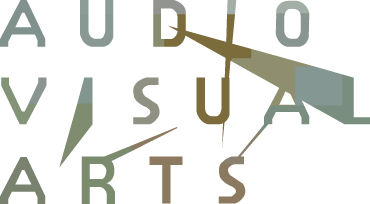

 Digital Sound Processing
Digital Sound Processing